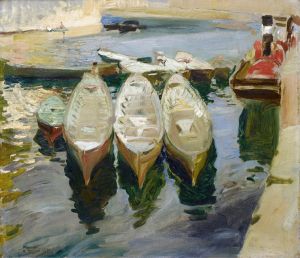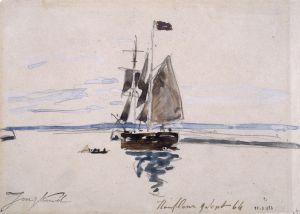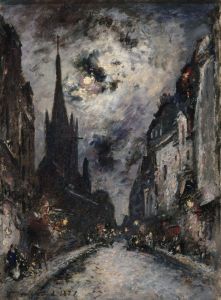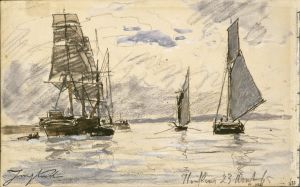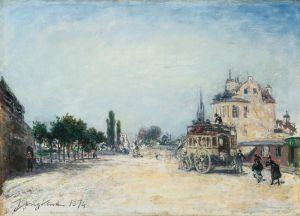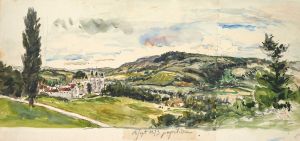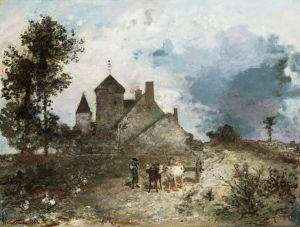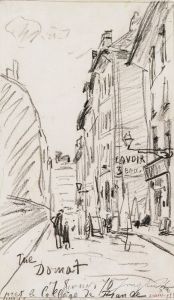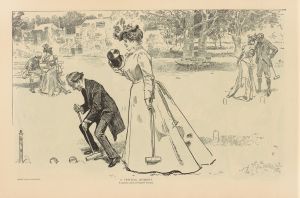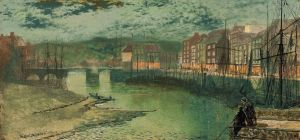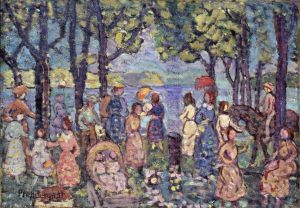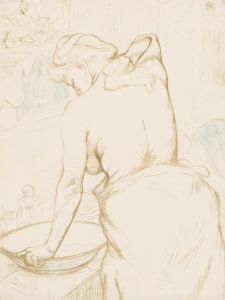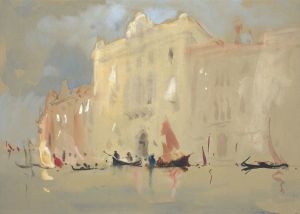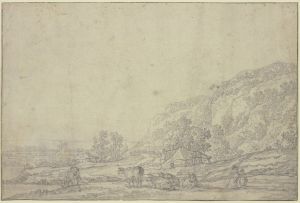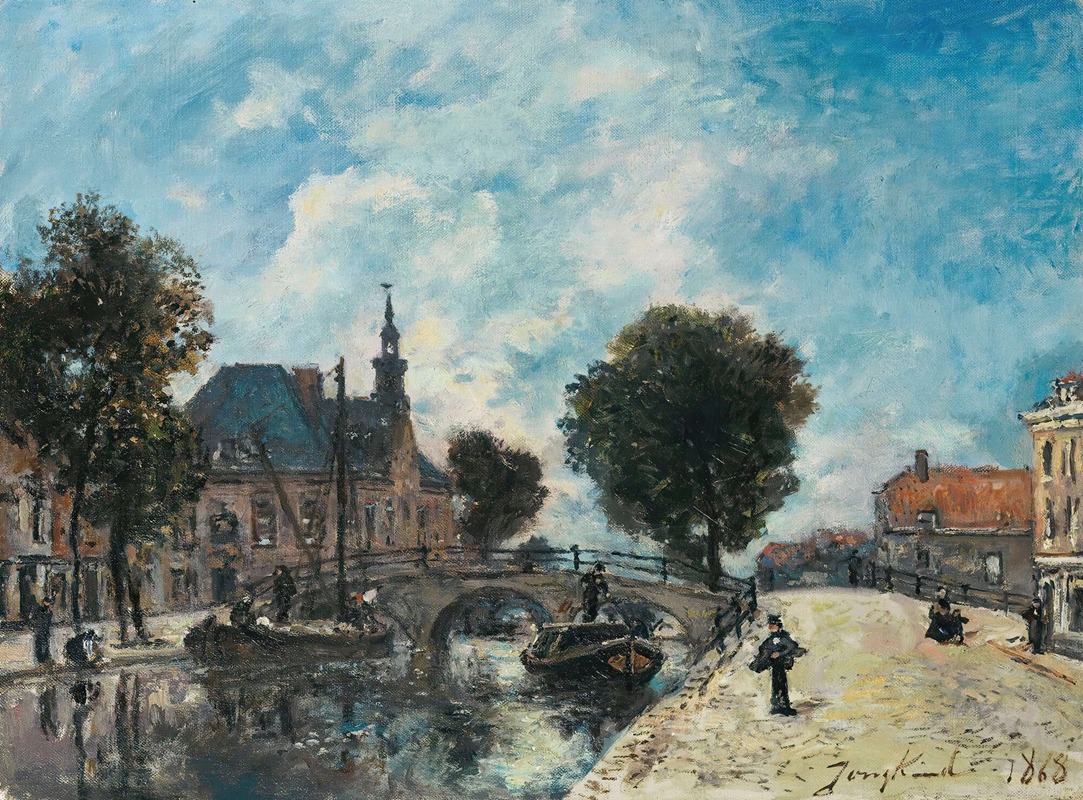
Le Spui À La Haye
A hand-painted replica of Johan Barthold Jongkind’s masterpiece Le Spui À La Haye, meticulously crafted by professional artists to capture the true essence of the original. Each piece is created with museum-quality canvas and rare mineral pigments, carefully painted by experienced artists with delicate brushstrokes and rich, layered colors to perfectly recreate the texture of the original artwork. Unlike machine-printed reproductions, this hand-painted version brings the painting to life, infused with the artist’s emotions and skill in every stroke. Whether for personal collection or home decoration, it instantly elevates the artistic atmosphere of any space.
Johan Barthold Jongkind was a Dutch painter and printmaker, known for his significant influence on the Impressionist movement. Born on June 3, 1819, in the Netherlands, Jongkind is often celebrated for his innovative approach to landscape painting, which combined elements of realism with a more fluid and expressive style. His works are characterized by their vibrant use of color and light, capturing the transient effects of atmosphere and weather.
"Le Spui À La Haye" is one of Jongkind's notable works, depicting a scene from The Hague, a city in the Netherlands. The Spui is a well-known street and canal in The Hague, and Jongkind's painting captures the essence of this location with his characteristic attention to light and reflection. Although specific details about the creation date and current location of this painting are not widely documented, it is consistent with Jongkind's broader body of work, which often focused on urban and rural landscapes.
Jongkind's technique involved painting en plein air, or outdoors, which allowed him to observe and capture the natural light and its effects on the landscape directly. This approach was relatively innovative at the time and laid the groundwork for the Impressionist painters who followed. Jongkind's ability to depict the nuances of light and shadow, as well as his loose brushwork, were particularly influential to artists such as Claude Monet, who regarded Jongkind as a mentor and precursor to the Impressionist movement.
In "Le Spui À La Haye," Jongkind likely employed his typical palette of soft blues, greens, and grays, which he used to convey the mood and atmosphere of the scene. His brushwork would have been fluid and dynamic, capturing the movement of water in the canal and the play of light on the buildings and streets. Jongkind's focus on the effects of light and his ability to convey a sense of immediacy and spontaneity in his work are hallmarks of his style.
Jongkind spent much of his career in France, where he was part of the artistic community in Paris. His interactions with other artists and his participation in exhibitions helped to spread his influence. Despite facing personal challenges, including struggles with alcoholism, Jongkind remained a dedicated artist throughout his life. He continued to paint and exhibit his work until his death on February 9, 1891.
"Le Spui À La Haye" exemplifies Jongkind's contribution to the development of modern landscape painting. His ability to blend realism with a more expressive approach paved the way for future generations of artists. While Jongkind may not be as widely recognized as some of his Impressionist successors, his work remains an important part of the history of art, celebrated for its innovation and beauty.





